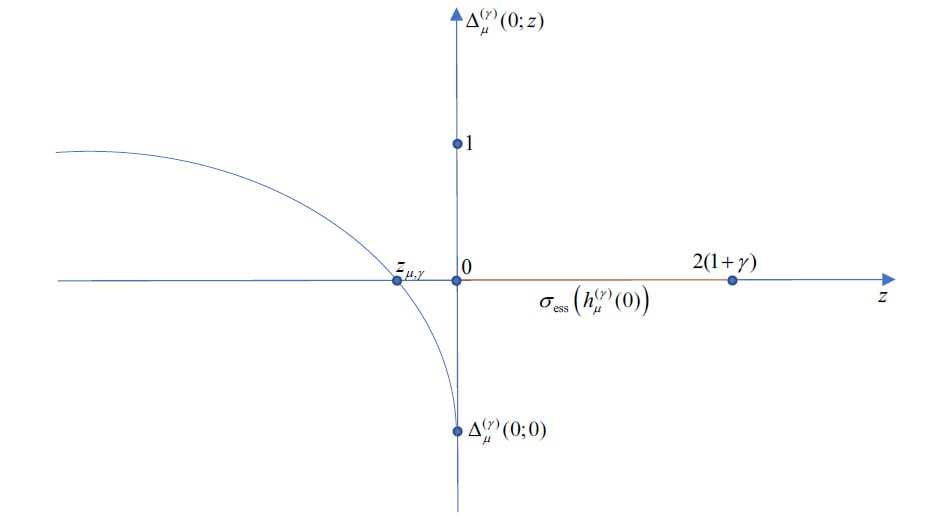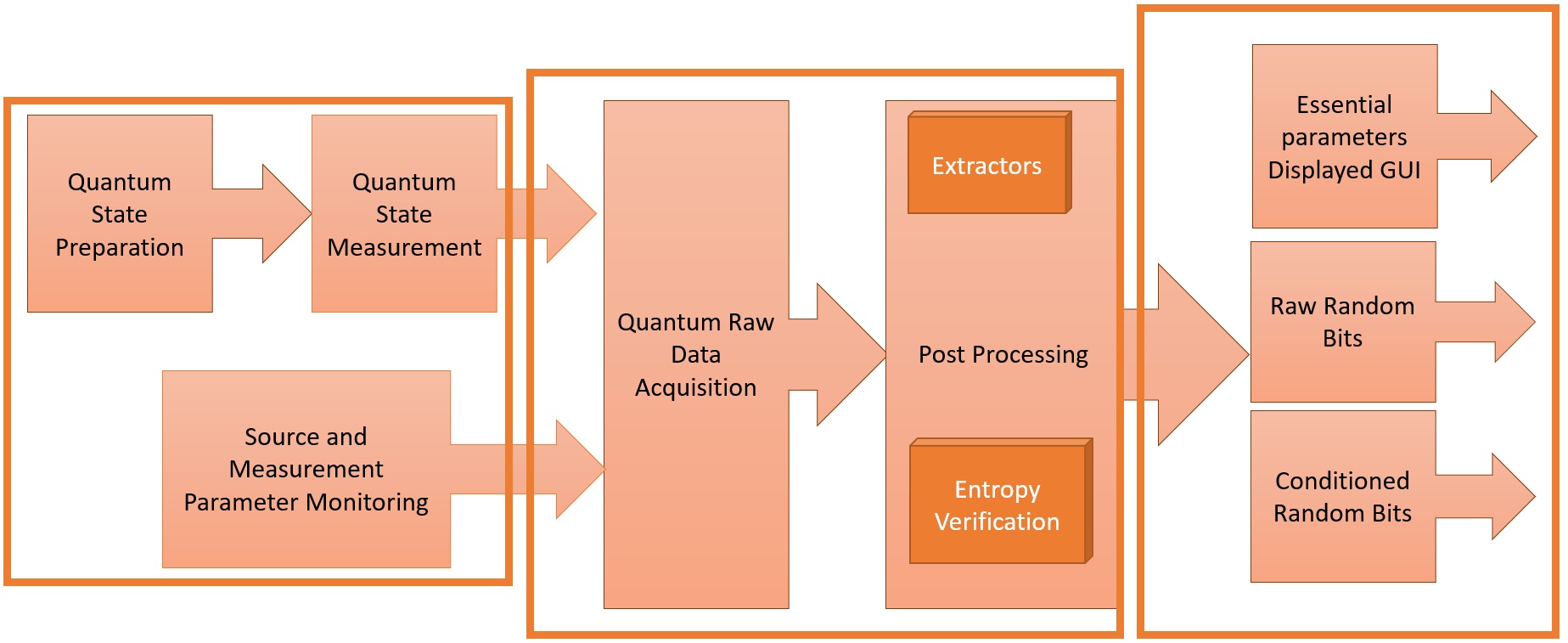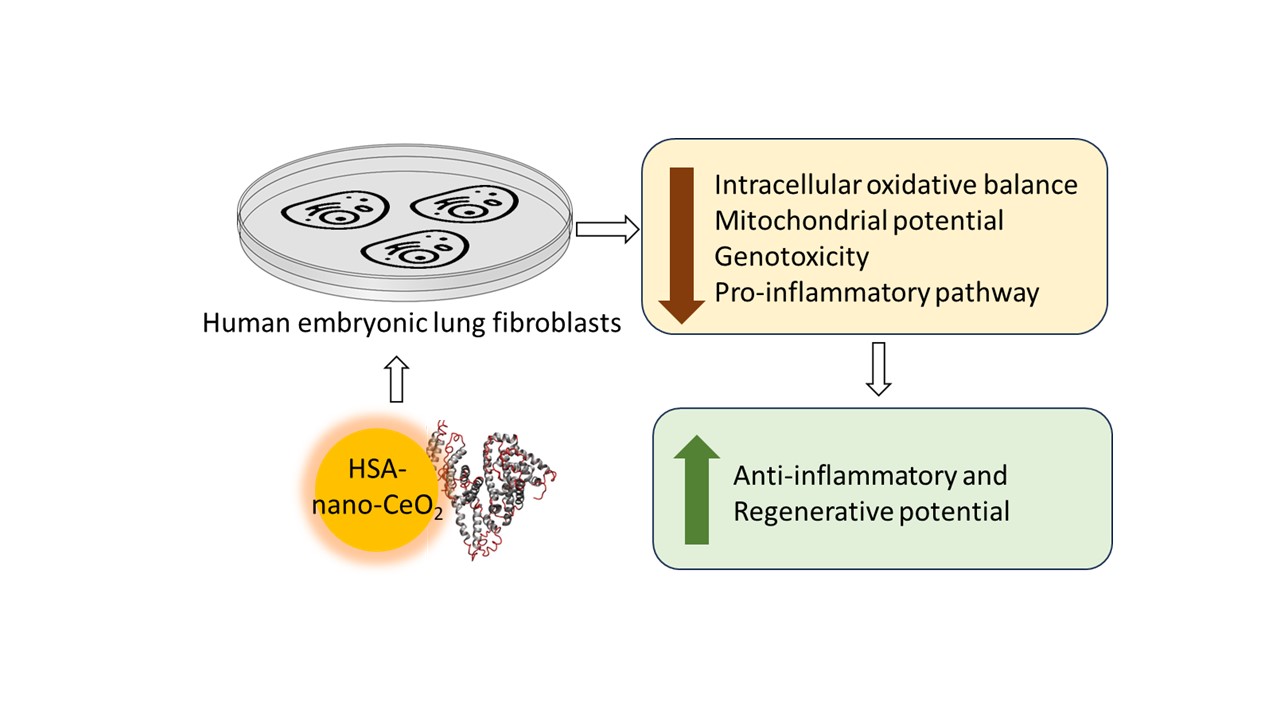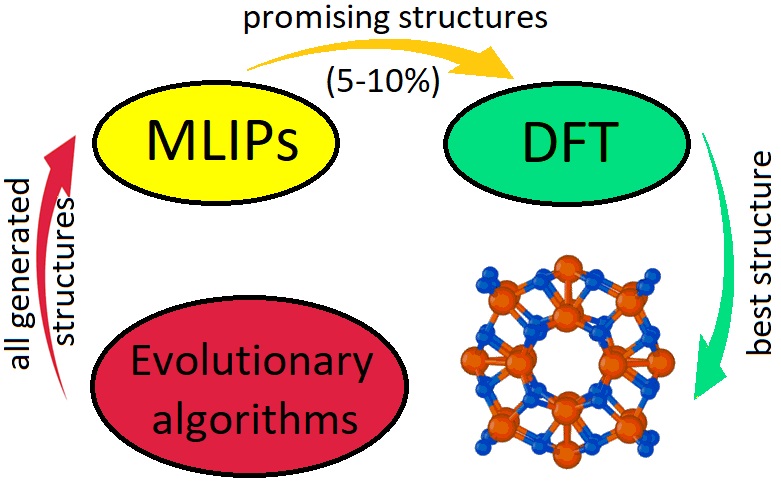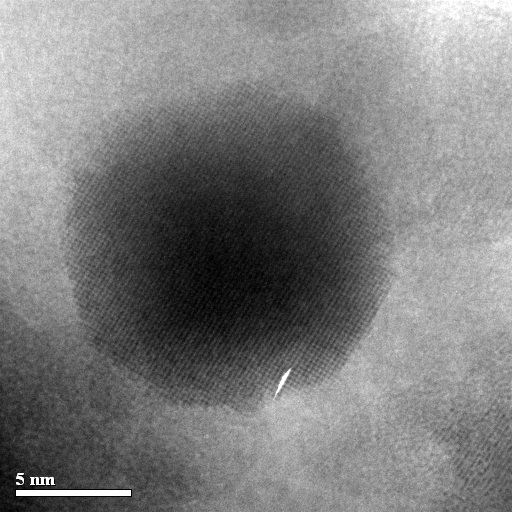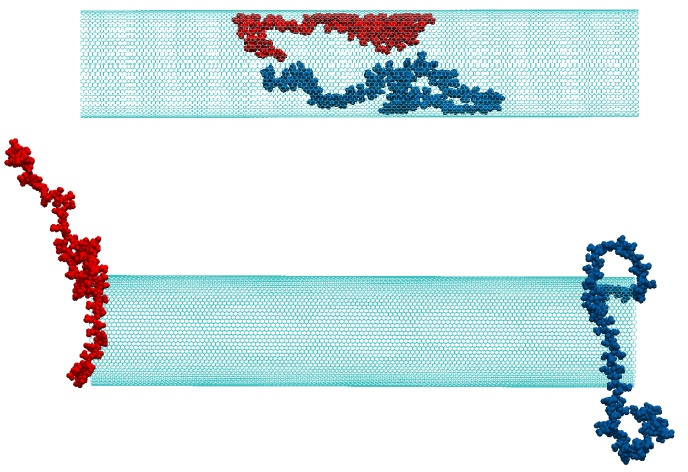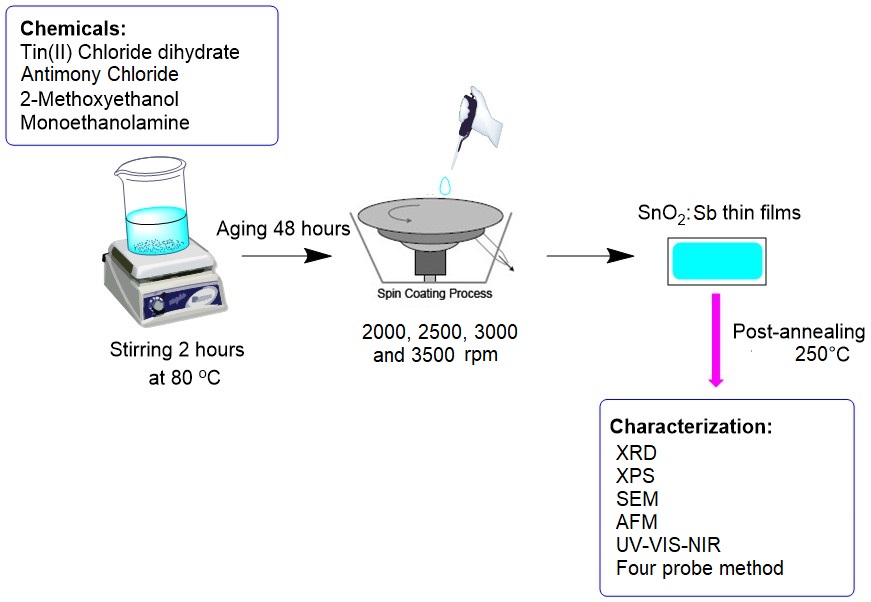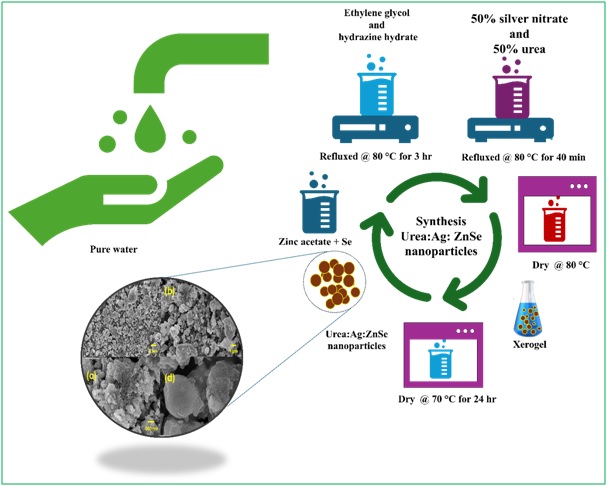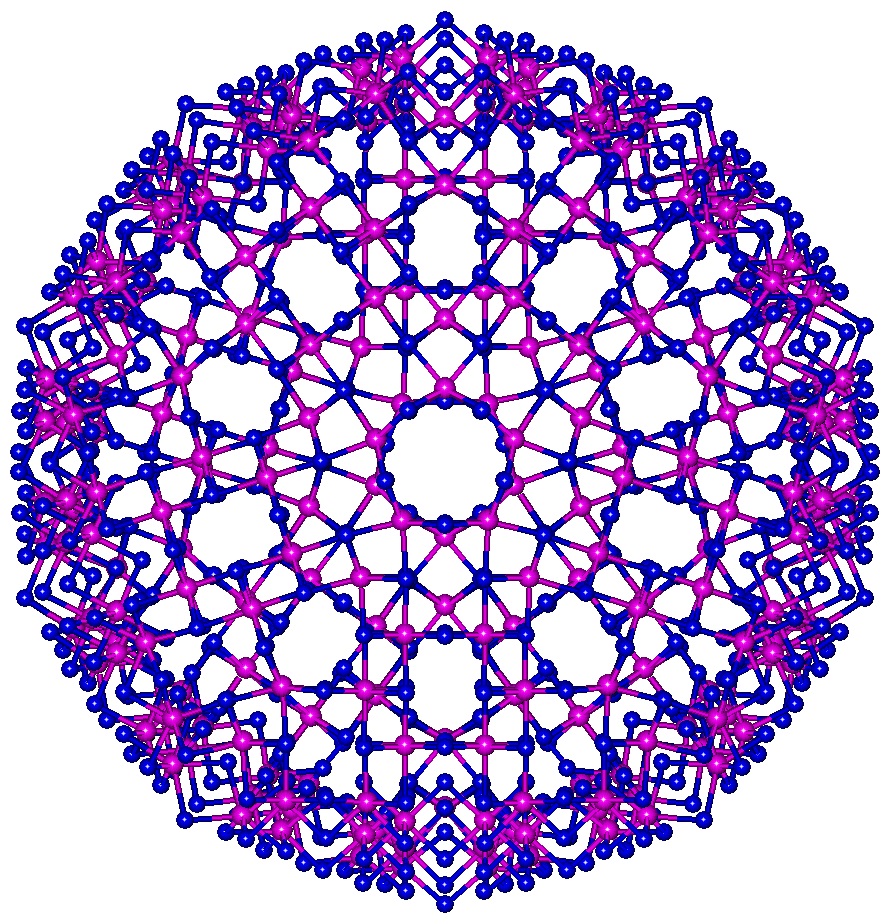
Our journal "Nanosystems: Physics, Chemistry, Mathematics" is devoted to fundamental problems of physics, chemistry and mathematics concerning all aspects of nanosystems science. It considers both theoretical and experimental problems of physics and chemistry of nanosystems, including methods of their design and creation, studies of their structure and properties, behavior under external influences, and the possibility of use. We accept papers directly or conceptually related to the key properties of nanosystems. Nanotechnology has required the creation of new methods of mathematical modeling and mathematical physics, as well as the development of existing methods for their extension to the study of new objects, many of which were previously simply absent. The corresponding mathematical problems will be covered in our journal. The scope of the journal includes all areas of nano-sciences. Papers devoted to basic problems of physics, chemistry and mathematics inspired by nanosystems investigations are welcomed. Both theoretical and experimental works concerning the properties and behavior of nanosystems, problems of their creation and application, mathematical methods of nanosystem studies are considered. The journal publishes scientific reviews (up to 30 journal pages), research papers (up to 15 pages) and letters (up to 5 pages). All manuscripts are peer-reviewed. Authors are informed about the referee opinions and the Editorial decisions.
Current issue
MATHEMATICS
This paper is devoted to study a optimal movable point control problem for a pseudoparabolic equation with nonlinear control function in a two-point nonlinear boundary condition. The equation is studied with Samarskii–Ionkin type boundary conditions on spatial variable x. Spectral problem is studied and eigenvalues, eigenfunctions and optimality conditions are found. Loaded nonlinear functional equations are obtained with respect to control function. We prove the existence and uniqueness of the control function by the method of compressing mapping. The state function is determined. Convergence of the Fourier series for the state function is proved.
We analyze the spectral characteristics of lattice Schrodinger operators, denoted as Hγλµ(K), K ∈ (−π, π] 3 , which represent a system of two identical bosons existing on Z 3 lattice. The model includes onsite and nearest-neighbor interactions, parameterized by γ, λ, µ ∈ R. Our study of Hγλµ(0) reveals an invariant subspace on which its restricted form, Hea λµ(0), is solely dependent on λ and µ. To elucidate the mechanisms of eigenvalue birth and annihilation for Hea λµ(0), we define a critical operator. A detailed criterion is subsequently developed within the plane spanned by λ and µ. This involves: (i) the derivation of smooth critical curves that mark the onset of criticality for the operator, and (ii) the proof of exact conditions for the existence of precisely α eigenvalues below and β eigenvalues above the essential spectrum, where α, β ∈ {0, 1, 2} and α + β ≤ 2.
In this paper, we consider a family of Friedrichs models that arise in quantum mechanics and corresponding to the Hamiltonian of a two-particle system on a one-dimensional lattice. The number, location, and existence conditions of eigenvalues of this family were analyzed. An asymptotic expansion for the associated Fredholm determinant in a neighborhood of the origin has been derived.
PHYSICS
The magnetization M of the SmGa2 compound has a paramagnetic character in a wide temperature range, and when the temperature decreases below 30 K, a significant increase in magnetization is observed, which indicates the formation of a magnetically ordered state. At temperatures below 5 K, a sharp feature is observed on the M(H) dependences, which is the contribution from the magnetization of superconducting submicron gallium inclusions. Analysis of the M(H) dependences measured at different temperatures below 5 K allowed us to assume the presence of two superconducting gallium phases. The critical temperature TC = 5.9 K and the critical field HC (0) = 560 Oe correspond to the formation of a metastable β-phase of gallium, and the critical temperature TC = 8.4 K and the critical field HC (0) = 1100 Oe can be associated with the formation of a thin layer of amorphous gallium on the surface of the β-phase inclusions.
Quantum random number generators are becoming mandatory in a demanding technological world of high-performing learning algorithms and security guidelines. Our implementation, based on the principles of quantum mechanics, enables us to achieve the required randomness. We have generated high-quality quantum random numbers from a weak coherent source at the telecommunication wavelength. The entropy is based on the time of arrival of quantum states within a predefined time interval. The detection of photons by the InGaAs single-photon detectors and high-precision time measurement of 5 ps enables us to generate 16 random bits per arrival time, which is the highest reported to date. We have presented the theoretical analysis and experimental verification of the random number generation methodology. The method eliminates the requirement of any randomness extractor, thereby leveraging the principles of quantum physics to generate random numbers. The output data rate averages 2.4 Mbps. The generated raw quantum random numbers are compared with the NIST-prescribed Blum-Blum-Shub pseudo-random number generator and an in-house-built hardware random number generator from FPGA, on the ENT and NIST platform.
CHEMISTRY AND MATERIALS SCIENCE
Nanoceria exhibits unique catalytic properties towards reactive oxygen species (ROS), which act as mediators of key signaling pathways. Albumin is the most abundant blood protein, and its interaction with nanoceria modifies the properties of both nanoceria and albumin. Using an in vitro model of human embryonic lung fibroblasts, we investigated biochemical properties of nanoceria–albumin conjugates towards cell viability, intracellular reactive oxygen species, expression of NOX4, NRF2, and NF-κB, oxidative DNA damage/repair, apoptosis, cell proliferation, and autophagy. The results demonstrate that albumin binding alters the physicochemical properties of nanoceria, promoting efficient cellular uptake through modulation of surface interactions. This conjugation attenuates nanoceria’s influence on intracellular reactive oxygen species equilibrium and mitochondrial membrane potential by modifying nanoparticle-protein interfacial dynamics. Notably, albumin-bound nanoceria induces a stronger activation of NOX4, resulting in increased genotoxic stress; however, the enhanced activation of DNA repair pathways mitigates this damage more efficiently than bare nanoceria. Furthermore, albumin-to-nanoceria conjugation modulates signaling pathways by enhancing suppression of the pro-inflammatory NF-κB cascade and stimulating autophagic processes. Overall, the physicochemical effects of nanoceria modification due to albumin conjugation reduce cytotoxicity of nanoceria while augmenting its anti-inflammatory and regenerative potential.
Machine Learning Interatomic Potentials (MLIPs) promise to combine the accuracy of DFT with the speed of classical force fields. However, their reliability for complex, multi-component systems requires rigorous validation. Here, we perform a targeted evaluation of three leading universal MLIPs using niobium oxide clusters (NbnOm, n ≤ 6, m ≤ 6) as a challenging test case. The Nb–O system is very well suited for this task due to its complex electronic interactions, manifested in existence of the bulk phase with 25% vacancy-ordered lattice and, at nanoscale, by a diverse range of non-stoichiometric clusters. We employ a dataset of global minima structures identified via DFT-based evolutionary search as a strict reference. A comparative analysis is then performed by executing evolutionary searches with the MLIPs. By directly comparing predicted structures, energies, and relative stability, we provide a comprehensive assessment of the accuracy and limitations of current universal potentials for modeling complex nanoscale oxides.
Under conditions of plasma-chemical synthesis in low-temperature (4000-6000 ⁰C) nitrogen plasma, ultrafine and nanocrystalline powder compositions VC–Ni and VN–Ni were obtained from mechanical mixtures containing vanadium carbide or nitride with metallic nickel in the ratio 1:1. X-ray studies have shown that the obtained plasma-chemical particles contain vanadium oxycarbides and oxynitrides, metallic nickel, and are also characterized by the presence of oxide phases of the V–O system. Electron microscopic studies of nanocrystalline fractions of VC–Ni and VN–Ni powder compositions using high-resolution transmission electron microscopy visualized the structure of the obtained particles. Using the fast Fourier transform, it was shown that the refractory components and metallic nickel form individual nanometer-scale particles that do not come into contact with each other. A chemical mechanism of the organization of highly dispersed mechanical mixtures V–C–O–Ni and V–N–O–Ni under conditions of quenching processes in a turbulent flow of nitrogen gas proceeding at a speed of 105 ⁰C/s has been formulated on the basis of the performed research.
The effect of ’soft’ mechanochemical activation in an air atmosphere of a mixture of clinoptilolite zeolite rocks with 10 and 20 wt % polyethylene glycol PEG-4000 on structure, physical properties, and oil adsorption properties was investigated. The doses of the applied mechanical energy were 2.16 and 5.04 kJ·g −1 . It is shown that clinoptilolite rock modified by 10 wt % polyethylene glycol with a mechanical energy dose of 5.04 kJ·g −1 and clinoptilolite rock modified by 20 wt % of this polymer with an energy dose of 2.16 kJ·g −1 have an oil capacity on the solid surface of 1.4 g·g −1 . We compared our results with similar data for polymer modifiers such as polyvinyl alcohol and polyacrylamide. We identified regular changes in the structure that can be used as a predictive assessment for the expected increase in the oil capacity of organomineral sorbents. It was found that in the IR spectra of these samples the ratio of intensities of absorption bands due to valence vibrations of siloxane and hydroxyl groups is not less than 3.2, and the porosity is not less than 72 %. The correlation between oil capacity and polymer content, porosity, and structural changes was revealed.
Using molecular dynamics simulation at different pH levels, changes in the conformations of homogeneous polypeptides located singly or in pairs inside a carbon nanotube were studied. The radial distributions of the density of polypeptide atoms, the distribution of macrochain atoms along the nanotube axis, and the dependences of various components of the potential energy of the nanosystem were calculated. At the isoelectric point, the polypeptides were located in the central part of the carbon nanotube, spreading out along its walls. As the pH level deviated from the isoelectric point, the polypeptide located singly inside the carbon nanotube first unfolded and stretched along its axis, and when almost all links of the macromolecule acquired an electric charge, it exited the nanotube. Polypeptides located in pairs inside the carbon nanotube repelled each other with a change in the pH value and shifted to opposite ends of the nanotube, being released from it.
Antimony doped SnO2 (ATO) films were prepared on glass substrates by spin coating method at rotational speeds from 2000 to 3500 rpm. The impact of rotational speed on physical properties of Sb-doped SnO2 films were reported. XRD profiles of Sb-doped SnO2 films exhibits tetragonal rutile phase structure. The surface morphology shows homogeneous growth of the films with spherical structure, and an agglomeration of grains was observed at higher rotational speeds. Sb-doped SnO2 films prepared at 3500 rpm show an optimum transmittance of 82 % at visible region. The optical bandgap energy of Sb-doped SnO2 films were increased from 3.23 to 3.46 eV due to Burstein–Moss (B-M) effect. The electrical resistivity of Sb-doped SnO2 films were increased from 2.80 · 10−4 to 3.86 · 10−4 Ω·cm with an increase of rotational speed from 2000 to 3500 rpm.
Reduced graphene oxide/Manganese selenide @Poly-N-methyl pyrrole (RGO/MnSe@P-NMPy) polymer nanocomposite are synthesized via chemical oxidative in-situ polymerization process. The RGO/ MnSe@P-NMPy polymer nanocomposite was examined using FTIR spectroscopy, UV-Visible, XRD, TEM and electrochemical investigations in addition to FESEM with EDAX. The methanol oxidation reaction in basic environments was validated using the cyclic voltammetry method. The RGO/MnSe@P-NMPy polymer nanocomposite electro-catalyst shows excellent electrocatalytic activity, lower oxidation potential (0.1 V), improved current density (96 mA/cm2 ), and excellent stability towards methanol oxidation reaction (MOR) in basic medium. It was observed RGO/MnSe@P-NMPy nanohybrid electrocatalyst, the ECSA value is 183.7 m2 /g. This result clearly depicts that RGO/MnSe@P-NMPy polymer nanocomposite electro-catalyst has more active sites for MOR reaction. Chronoamperometry was utilized to show that, in comparison to the other nanocomposite, the existence of RMP polymer nanocomposite enhanced stability (1000’s) and produced higher current densities (27.71 mA/cm2 ) for methanol oxidation. According to the results, the P-NMPy introduction in RGO/MnSe structure can enhance the performance of methanol oxidation and increase the resistance to CO in comparison with mono metallic catalyst. This study makes the case for the potential development of high-performance, inexpensive catalysts for energy storage, conversion and useful uses.
Iron is a heavy metal found in water due to natural geological sources, household trash, industrial waste, and numerous by-products. An excessive amount of iron in drinking water can lead to significant health issues in humans. In the current study, metallic Zn–Se NPs modified with Ag and urea were synthesised via the sol-gel method and characterised by XRD, FESEM, EDX and FTIR. The synthesised ZnSe:Ag:Urea nanoparticles were used for the adsorptive removal of iron, a heavy metal, from water. Herein, we have utilised adsorption technology to extract iron ions from water, considering the toxicity of iron at high concentrations. Experimental batch adsorption studies were conducted on an aqueous solution containing Fe (III) ions under various conditions, including temperature, contact time, adsorbent dosage, and initial metal ion concentration. Results showed that iron adsorption was favourable, with a maximum removal percentage of 89.5 % under optimal room temperature conditions, optimal adsorbent dosage, and initial metal ion concentration. of 0.1 g/L and 100 mL, respectively. The iron absorption also reached an equilibrium state within 80 minutes of contact time by using ZnSe:Ag:Urea as the adsorbent.
The existence of zero-dimensional fullerene-like gadolinium(III) iodide is proposed. The models of tetrahedral, octahedral and icosahedral GdI3 fullerenes with the size up to ∼1000 atoms are constructed. Their stability and electronic properties are investigated by means of a density functional theory method. Similarly to other known inorganic fullerenes and nanotubes, the strain energies of GdI3 fullerenes decrease with the radii increase, exceeding always the strain energies of GdI3 nanotubes of the same radii. At that octahedral and icosahedral morphologies are the most preferable. Irrespective size and morphology, all considered GdI3 fullerenes are semiconductors with possibly ferromagnetic ordering at extremely low temperatures. The HOMO-LUMO gaps of GdI3 fullerenes are narrower on 1.1 – 1.7 eV, when comparing to the band gap of the flat GdI3 monolayer.
The article describes the nickel surface treatment conditions in aqueous solutions of a mixture of CuCl2 and NaCl salts. This investigation reveals the occurrence of selective etching on the nickel surface, facilitated by a galvanic replacement reaction (GRR). The etching process gives rise to the formation of arrays of labyrinths with walls of nickel nanorods with a diameter ranging from 10 to 50 nanometers and a length of up to 0.5 micrometers are formed, located primarily in the direction perpendicular to the surface. The experimental results obtained have enabled the formulation of hypotheses concerning the sequence of chemical reactions occurring on the surface and the role of the A. Turing diffusion-chemical model in the formation of the observed labyrinths. It has been demonstrated that the presence of such labyrinths on the surface of nickel leads to a decrease in the angles of its wetting with water.
In this work, nickel sulfide thin films were synthesized via the SILAR method using different nickel salts as precursors. The influence of the precursor salt on the morphology and electrochemical performance of the layers was systematically investigated. SEM analysis revealed that NiSx films prepared from nickel chloride exhibited the most uniform and crack-free morphology. Electrochemical measurements demonstrated a strong correlation between film quality and capacitive behaviour. Notably, the NiSx electrode synthesized using nickel chloride achieved a maximum specific capacitance of 1902 F/g at a current density of 1 A/g. These findings highlight the critical role of precursor selection in optimizing the structural and electrochemical properties of nickel sulfide electrodes for energy storage applications.
ISSN 2305-7971 (Online)





